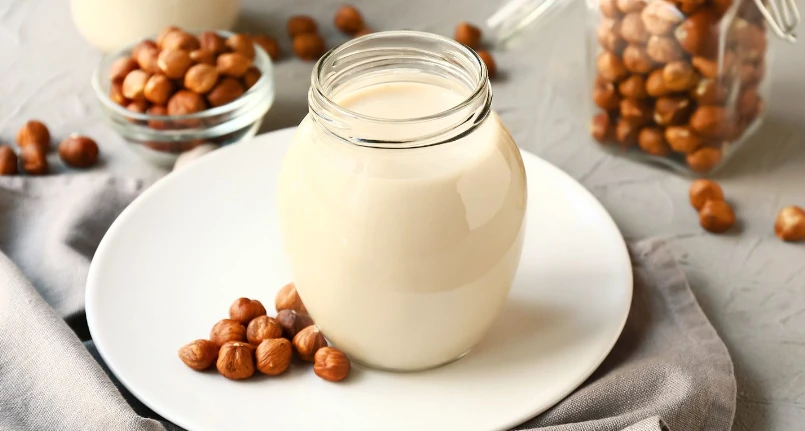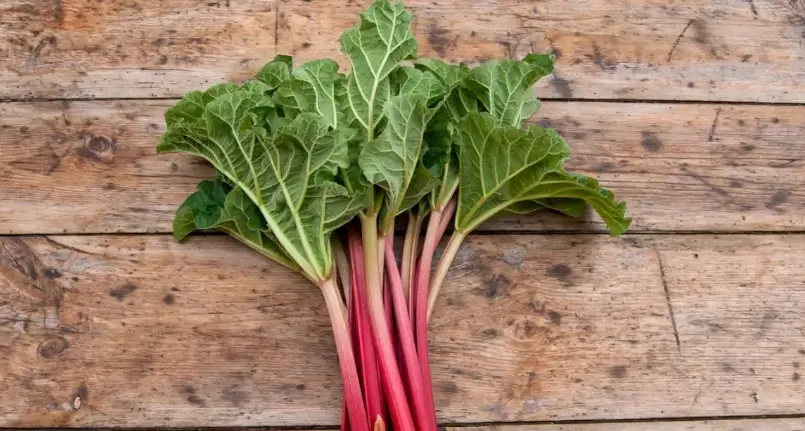Types of plant milks and their role in the diet
Vegetable milks are foods that compete with cow’s milk; these are totally different products compared to the emunctory fruit of the udder , however, vegetable milks are fairly widespread among those who, for physical reasons ( intolerances or allergies ) or philosophical reasons (for example veganism ), do not consume animal milk.
The most common and consumed plant milks are:
- Soy milk » Video recipe to make it at home
- Rice milk » Video recipe to make it at home
- Almond milk » Video recipe to make it at home
- Oat milk » Video Recipe to make it at home
- Coconut milk » Video recipe to make it at home
- Amaranth milk » Video recipe to make it at home
- Hazelnut milk » Video recipe to make it at home
As anticipated, vegetable milks can represent a “slightly forced” alternative to cow’s milk ; it is true that the latter, despite being a food rich in nutrients , does not represent an ESSENTIAL dietary component (although the same could be said for most of the foods that make up the human diet). It can be deduced that the use of vegetable milks to replace cow’s milkit mostly constitutes a satisfaction of the consumer’s HABITS and not a real nutritional need; nevertheless, reasoning in these terms, NO food could be defined as ESSENTIAL and all could easily be replaced with other products belonging to the same category; it would be different if “food discrimination” included an entire category of foods (as in veganism), in which case food integration or the use of alternative products such as nutritionally STRENGTHENED vegetable milks would prove ESSENTIAL. Directions
Recalling again that (in a balanced diet ) cow’s milk DOES NOT NEED to be replaced with vegetable milks, which are instead chosen for their (subjective) pleasantness or for ideological reasons; having said this, it should also be remembered that the choice of an alternative product could also be partially justified by one or more pathological or paraphysiological conditions; the most frequent are:
- Lactose intolerance
- Allergy to cow ‘s milk proteins
- Hypercholesterolemia
In fact, vegetable milks DO NOT contain lactose , DO NOT contain cow ‘s milk proteins and DO NOT contain cholesterol ; however, that doesn’t mean they are hypoallergenic foods! In fact, soy protein is one of the most widespread allergies, and in any case there is no shortage of disturbances towards almonds or oats ( less frequent those towards rice ).
Nutritional peculiarities
Let’s start by clarifying that, in the absence of pathologies, it MATTERS LITTLE whether vegetable milks bring unsaturated fats and are free of cholesterol and lactose; moreover, even in a cholesterol-lowering therapy or in the treatment of lactose intolerant it is possible to insert cow’s milk by managing (if necessary) the level of skimming or by preferring a highly digestible milk ( lactose-free milk ) . The same cannot be said for those allergic to milk proteins who should choose TOTALLY hydrolysed animal milks (in which there are ONLY amino acids and NOT peptide chains); but this, in my opinion, would be a useless forcing.
However, let’s mention the “exclusive” composition of vegetable milks; for example, in soy milk there are very useful hypocholesterolemic nutritional molecules , lecithins . It is therefore deducible that consuming soy milk instead of cow’s milk could benefit from its cholesterol-lowering “optimization” (but the same cannot be said of rice or almond milk); however, soy is not the only legume to contain lecithin , therefore consuming other similar products could confer the same nutritional advantage without necessarily having to choose a vegetable milk.
Another nutritional component strongly present in soy milk, and less so in cow’s milk, is made up of essential omega-3 fatty acids . Finally, in my opinion decidedly superfluous, the fibrous component dissolved in vegetable milks; in fact there are modest quantities of dietary fiber which (obviously) are not found in cow’s milk. In any case, it is certainly not the fiber contained in vegetable milks that contributes significantly to the achievement of the “famous” 30g/day.
N.B. _ ALL vegetable milks, to vaguely resemble cow’s milk, must be supplemented with some nutrients. The nutrients (micronutrients) deficient by definition are calcium ,vitamin D and vitamin B12 , while from a macronutritional point of view there is an addition of sucrose or glucose in almond milk, but also sunflower oil in oat milk and rice milk.Having said that, wanting to make a nutritional comparison of the products listed above, I would omit mentioning mineral salts and vitamins because, through fortification (integration of vegetable milks with vitamins and minerals ), they can reach (more or less) the same concentrations as cow’s milk ; on the contrary, the macromolecules can be significantly different from each other, and the nutritional comparison between vegetable milks and cow’s milk could reveal the appropriateness or otherwise of one drink compared to the others.
Comparison between plant milks and cow’s milk
(in red the highest values and in green the lowest ones)
Nutritional values Cow milk Vegetable milks WHOLE UHT SOYA MILK ALMOND MILK RICE MILK AVENA’S MILK Energy (KCal) 63 32 51 70 47 Protein (g) 3.3 2.9 1 0.3 1.4 Lipids (g) 3.6 1.9 2.3 1.0 1.6 of which saturated (g) 2.11 0.4 0.6 0.1 0.3 of which monounsaturated (g) 1.1 – 1.3 0.3 – of which polyunsaturated (g) 0.12 1.3 0.4 0.6 – Carbohydrates (g) 4.7 0.8 6.6 15 6.6 of which simple (g) 4.7 0.8 2.9 7 5.2 of which complexes (g) 0 tracks 3.7 8 1.4 Cholesterol (mg) 11 0 0 0 0 Fiber (g) 0 tracks 0.3 0.03 0.8




